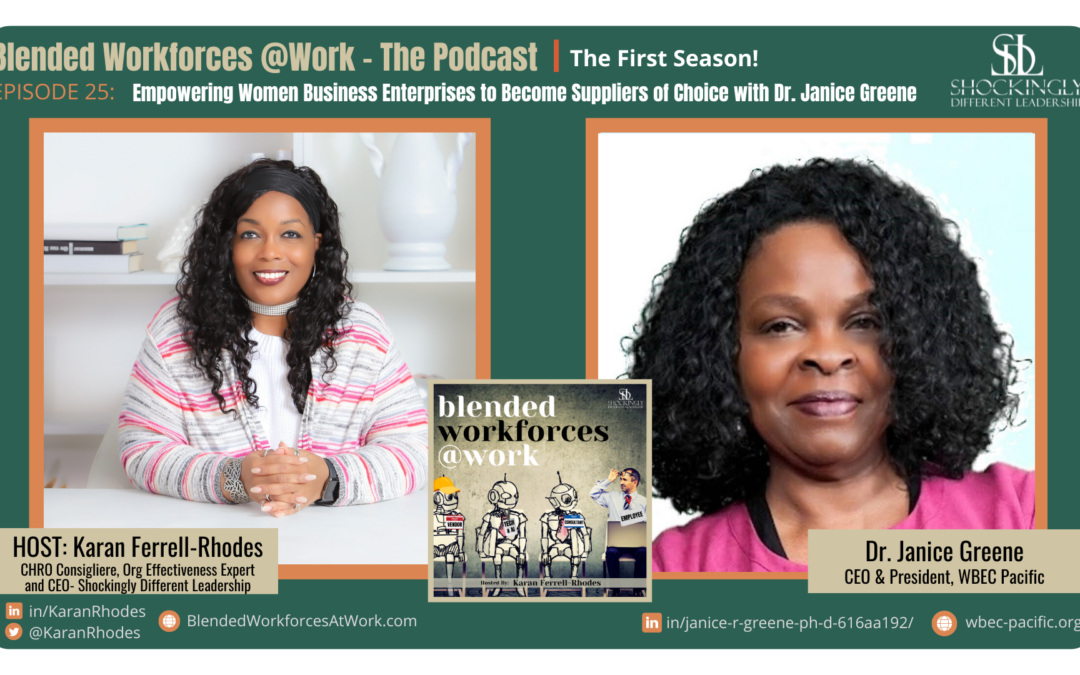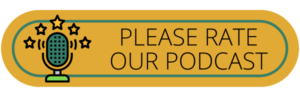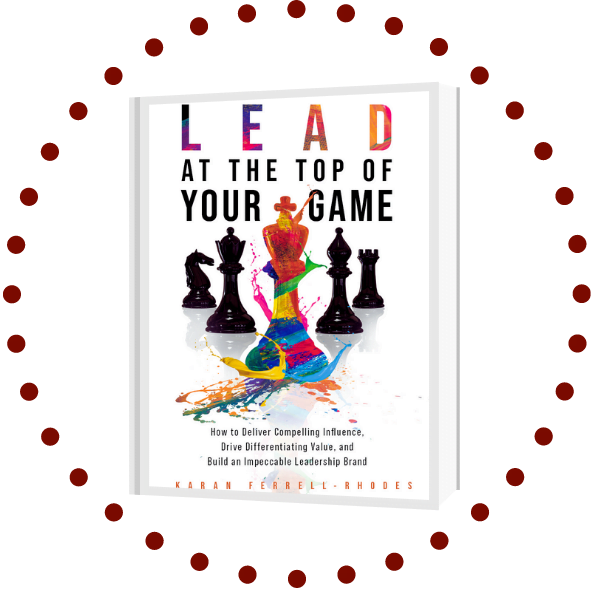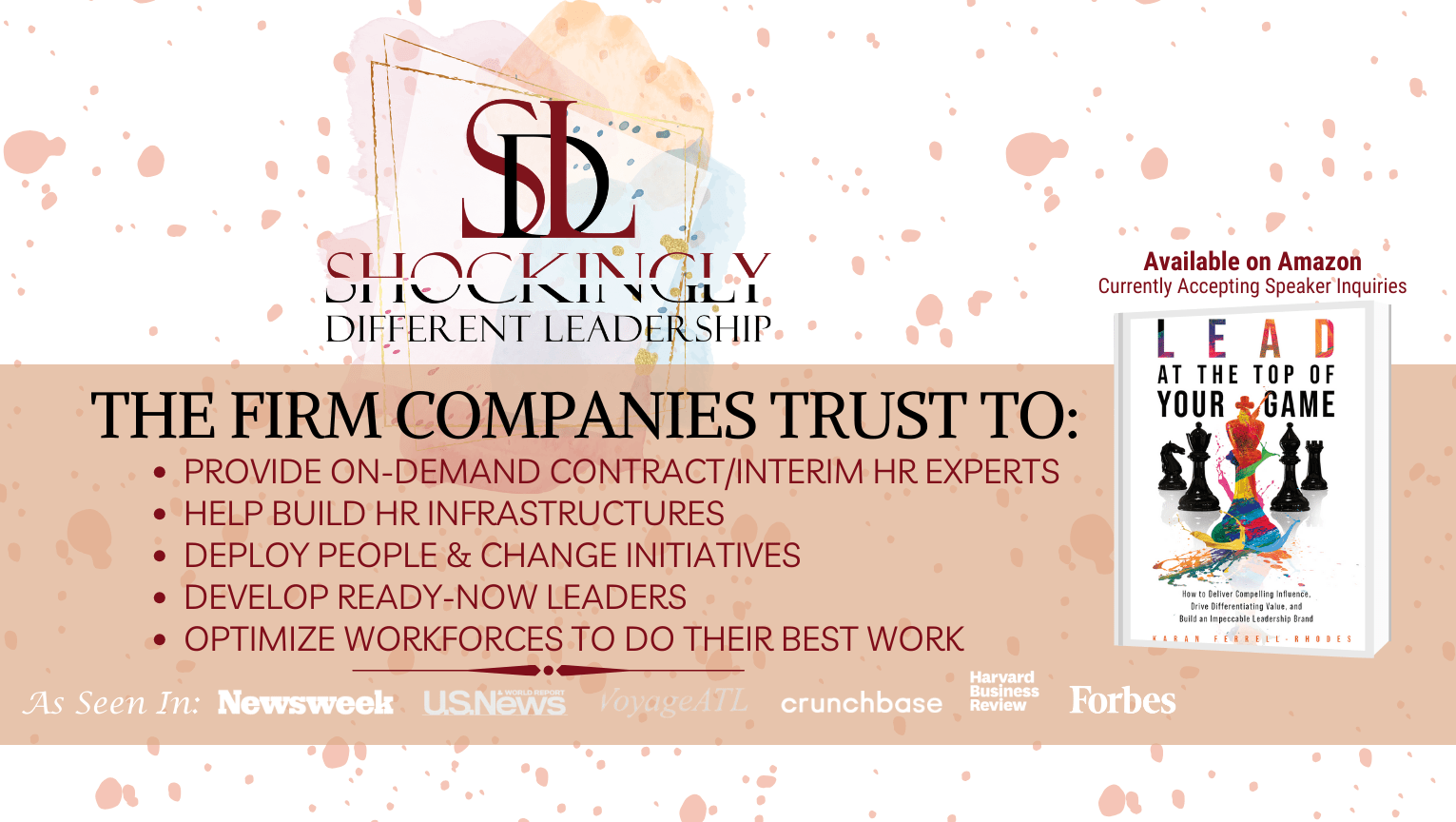IN THIS EPISODE, KARAN FERRELL-RHODES INTERVIEWS DR. JANICE GREENE.
In today’s discussion, Janice highlights how the pandemic’s shift to remote work enhanced WBEC Pacific’s efficiency, prompting the decision not to renew their office lease. By leveraging a blended workforce with fractional COOs and consultants, she emphasizes how flexibility and cost-efficiency can maintain productivity while promoting work-life balance.
Dr. Janice Greene, the President & CEO of WBEC Pacific, is a leader dedicated to empowering women entrepreneurs and advancing gender equity in business. Under her leadership, WBEC Pacific drives economic growth for Women’s Business Enterprises by providing certification, opportunities, resources, and engagement. Janice actively builds strategic partnerships with government and corporate sectors, creating a more inclusive and diverse supply chain.
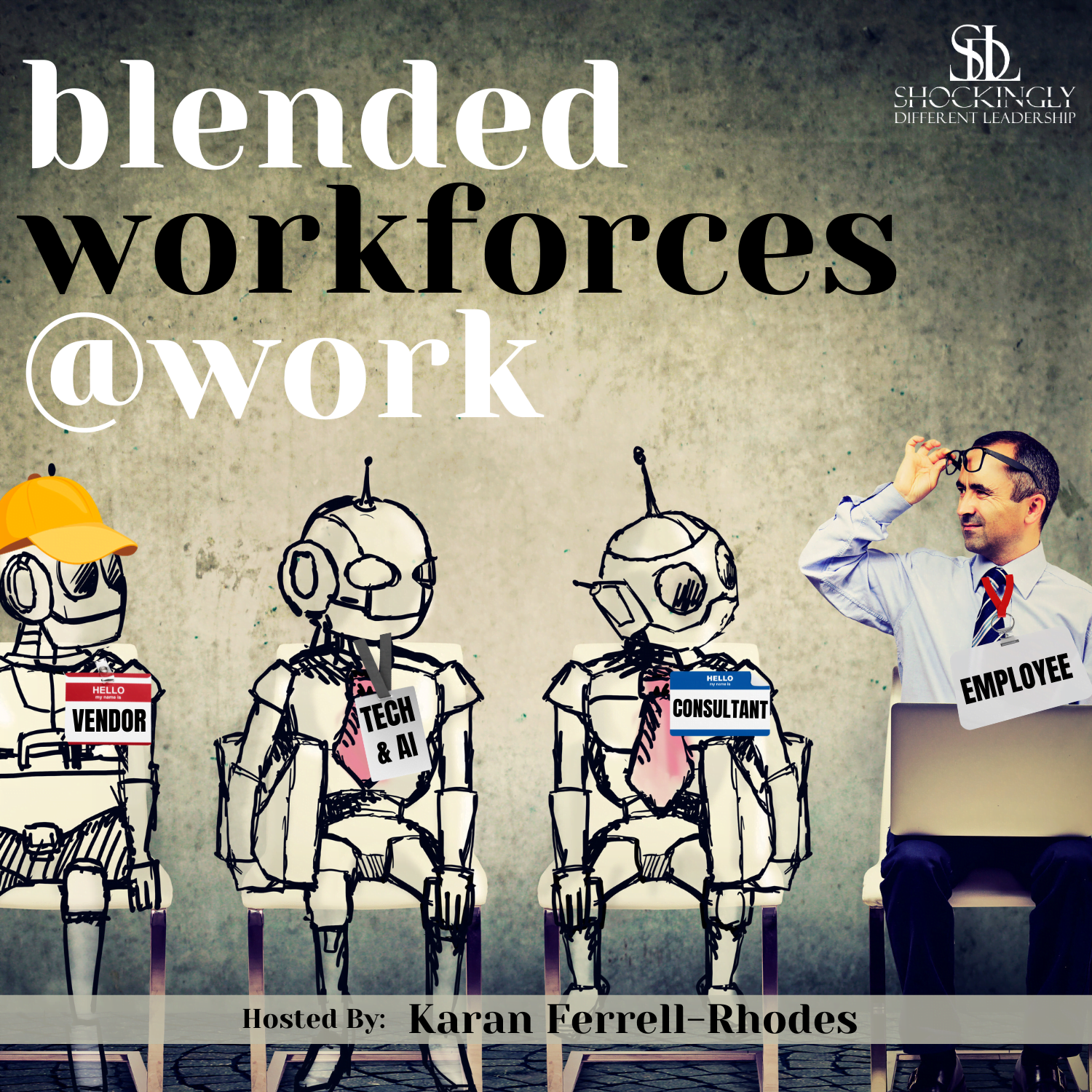
Posted by
SDL Media Team
Rather view our video podcast?

WHAT TO LISTEN FOR:
- What role does WBEC Pacific play in the National Network of Women Business Enterprises?
- How does WBEC Pacific help entrepreneurs connect with government agencies and industry?
- What challenges do women’s business enterprises face regarding access to capital?
- How can suppliers and vendors better prepare to meet potential corporate partners?
- What benefits did WBEC Pacific experience by transitioning to remote work during the pandemic?
- How does WBEC Pacific use fractional COOs and consultants to manage operations and events?
“It is important for women leaders to know their banker.”
FEATURED TIMESTAMPS:
[03:19] Janice’s life outside of work
[04:24] Overview of WBEC Pacific and Its Mission
[06:57] Challenges and Opportunities for Women Business Enterprises
[11:01] Signature Segment: Janice’s entry into the LATTOYG Playbook: Tips for Suppliers and Vendors Seeking Opportunities
[16:59] Adapting to Remote and Blended Work Environments
[24:57] Strategic Objectives and Future Plans for WBEC Pacific
[28:26] Signature Segment: Janice’s LATTOYG Tactic of Choice: Leading with Courageous Agility
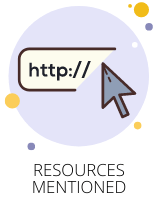
ABOUT DR. JANICE GREENE:
Dr. Janice Greene is an experienced leader with a demonstrated ability to successfully design, integrate, and align economic development and strategic work placement into enterprise strategic business objectives. She is a recognized subject matter expert in various political, trade, industry, and professional associations supporting economic development, supplier diversity, and business intelligence.
Dr. Greene provides leadership to several domestic and international industry associations. Her strengths include strategic planning, key stakeholder relationships, cross-functional leadership, program development and implementation, and effective communication skills.
LINKS FOR DR. JANICE:
- Website: wbec-pacific.org
- LinkedIn: linkedin.com/in/janice-r-greene
- Facebook: facebook.com/wbecp/
- Instagram: instagram.com/wbecp/
ADDITIONAL RESOURCES FOR YOU:
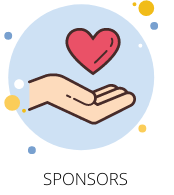
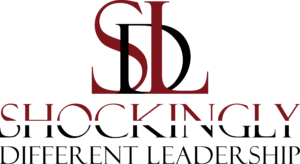
Episode Sponsor
SDL is the go-to firm companies trust when needing to:
- supplement their in-house HR teams with contract or interim HR experts
- implement leadership development programs that demonstrate an immediate ROI and impact on the business

Episode 25 | Empowering Women Business Enterprises to Become Suppliers of Choice with Dr. Janice Greene
Dr. Janice Greene 00:00
I think top of mind for many of them, depending on the size and revenue of the organization, is always access to capital. Access to capital is always one of the ones that we have to deal with, because you, as you know, women don’t necessarily have the same access as men do in business, but that’s changing. We have some really good VCs that are woman owned, that are supporting women, so you can see that changing.
Karan Rhodes 00:03
Blended workforces are one of the hottest talent strategies today, where employers are using a mix of traditional employees with external resources like independent contractors, coaches, consultants, vendors, and technology solutions, all in order to enhance competitiveness, ensure cost flexibility, and expedite business goals. But how are the successful companies infusing blended workforces into their business strategy? And what are the critical success factors and pitfalls to avoid during implementation? And on the flip side, what does it really take for suppliers to improve their chances of finding and landing contract opportunities? The devil is in the details, my friends! I’m your host, Karan Ferrell Rhodes, and it’s time to get smarter about Blended Workforces at Work! Hey there, my superstars. This is Karan, and welcome to another episode of the blended workforces at work podcast. On today’s show, we have a true treat. An absolutely dynamic leader that has a breadth of experience in different facets of blended workforces, but we’re going to try to speak to her and peel back the layers of the onion about a few areas that I know that you are probably thrilled To know more about. Today we are excited to feature Dr. Janice Green, who is the CEO and President of WBEC Pacific. And we bet Pacific is a an organization whose mission is to drive economic growth, development and access for women business enterprises and a global marketplace. They provide things such as certification, opportunities, resources and engagement for the region that they serve, which is Alaska, Idaho, Montana, North California, Oregon and Washington. So they have a huge coverage territory. So you can imagine, she stays busy, but she’s also the former economic development supplier diversity and business intelligence, leader for Boeing, and we’re so happy to have her on the podcast today. So welcome to the show. Janice,
Dr. Janice Greene 02:12
Thank you. I’m happy to be here.
Karan Rhodes 02:15
Oh, we’re just so honored to have you, and I am super excited to delve into some of your experience and background, and you know, have a rich conversation about the stakeholders of blended workforces in general, because I know you do a lot about strategy as well, and thinking about helping organizations enable their workforces to do their best work. And I’m looking forward to having that conversation. But before we dive into that, I always love to learn just a tad bit about our guests. So just for as much as you feel comfortable, would you mind giving us a sneak peek into your life outside of work?
Dr. Janice Greene 02:53
I do a lot of volunteer work outside of work. So I work with the NAACP civil rights I work with the county and some of the programs that they have on, such as future workforce Alliance. So I spend my spare time working in the community, and I actually really love the gains that we’ve made over the last few years.
Karan Rhodes 03:13
That is amazing. I do a lot of volunteer work myself, so I know and sometimes that can be a full time job, as you know, but it’s so rewarding. It is so rewarding with you when you’re supporting efforts and initiatives that align with your values and mean a lot to you. So as a fellow volunteer Sister, if you will, from another mother, we appreciate all that you do in the areas that you’re passionate about. Thank you. All right. Well, let’s dive right in. And first of all, I just want to let’s start by giving some air time to help our listeners understand a bit more about WBEC Pacific and your role there as CEO and president.
Dr. Janice Greene 03:59
Yeah. So WBEC Pacific. We’re part of a national network, and the National Network is Women’s Business Enterprise, National Council. So that would be the mothership. I would say. We are affiliated with them through affiliation agreement. And there are 14 other organizations that also are affiliated with it. We cover the entire nations. We call ourselves regional partner organizations or RPOs. So what we do is we create opportunities for women entrepreneurs so they connect with government agencies and industry, and our certification programs actually help them get introduced to those buying communities, and the networking events help them build those relationships, because we all know that relationships are always critical to anything that we do, and so we do that, and we make sure you know that is we make a more inclusive supply chain. I think that one of the greatest, this is one of the best positions that I have. I really enjoy working with them. Women. They’re very supportive of each other. They are excellent, excellent business people, and whenever they get an opportunity to compete, I think they win.
Karan Rhodes 05:10
Of course, they do with such great support and in full transparency, although and I need to become one, but while I’m not a WBEC member, I do follow them here in metro Atlanta. They have a big organization there, and I have a I can’t tell you how many seminars and information sessions and networking sessions I’ve attended, so I can personally vouch that you all are doing a fantastic job in supporting the community, and we appreciate that.
Dr. Janice Greene 05:42
And that would be my RPO sister, Roz
Karan Rhodes 05:46
Yes, and she had a podcast of her own. I don’t know if she still does it, but I enjoy her newsletters that she sends out. And like I said, I’ve been on many workshops and sessions that either she’s led or She’s introduced, you know, special guests and things like that. So the word that the outreach is amazing and the support is amazing that the organization in general does so definitely appreciate it. So I’m also curious, because you interact with so many businesses, different sizes as well. What are some of the top things that are top of mind that your members are seeing right now, or that they’re trying to tackle or they’re struggling with?
Dr. Janice Greene 06:31
Well, I think that many of them made it through, you know, the pandemic, and so they’ve done a really good job. They’ve shown themselves to be really resilient, and they be able to change directions as needed. I think top of mind for many of them, depending on the size and revenue of the organization, is always access to capital. Access to capital is always one of the ones that we have to deal with, because you, as you know, women don’t necessarily have the same access as men do in business, but that’s changing. We have some really good VCs that are woman owned, that are supporting women, so you can see that changing. I also think that the access and the network, the access to the network, the network of businesses, of corporations and other, you know, other buying entities and that they buy from each other and support each other. So in our whole network, we start with women that are under a million dollars, and they go up to billion dollar industry. So there’s quite a lot of opportunity to actually network internally and support each other. And like I said, it’s one of the things that I really like about this particular network is how supportive they are of each other.
Karan Rhodes 07:40
That’s amazing, and that is absolutely critical, because you’re right, you know, you pick a news story or a research paper, anything around the access to capital topic, and it’s still an area where women and underserved minorities still struggle with with being able to access it in a meaningful way. And you’re right that relationships you build are so critical to getting into the right seats, to get in the right visibility, so that such investors can invest in you. And so how do you or what is some of your tips or advice on encouraging leaders to not be afraid, to to reach out and not give up, and to be resilient when they’re seeking access to capital, even when those roadblocks are in their way.
Dr. Janice Greene 08:33
You know, there are a lot of there’s a lot of opportunity to work with our corporate members. We have corporate members that are in the banking industry, like JP Morgan, Chase Bank of America, Wells, Fargo, US Bank and many other that are local, regional banks. So it’s important for the women business enterprise to understand and know their banker is one thing that you know. Take the time to understand who they are and what they have to offer. And many of them have so many programs that they offer that you can take advantage of. Sometimes I think that women businesses are so involved in the day to day of their business that they miss out the opportunity, miss the opportunity to take advantage of resources that are available to them. And if you look at the whole we bank network, there are a lot of opportunities these, these companies and corporations are part of the WeBank network. They offer different training opportunities, education opportunities, and if you come to our events, you get to meet them face to face, have a conversation.
Karan Rhodes 09:34
Why wouldn’t you? I mean, why would you want to, you know, take that up, because that is such for you all to have laid the groundwork for a warm introduction. It’s definitely to your point worth the time to carve out time to take advantage of these opportunities, because no one’s going to do it for you. You’ve got to be present and show up, you know, to be able to make those serious connections. Now, based on your background in economic development and supplier diversity, I’m curious, especially in supplier diversity, I want to give some advice to those who are on the supplier, vendor, the supply chain side of the world of work and blended workforces, of what are some things, maybe one or two tips that they should do to make sure that they are perceived as potentially a vendor or supplier of choice. What do you see as one? You know, a couple of big misses that happen or mistakes that happen that can jeopardize one being a supplier or vendor of choice,
Dr. Janice Greene 10:37
Right. So I’m going to start with you’re looking at particular corporations that you want to do business with. Almost all of them have a supplier diversity portal. The first thing you should do is research them and go in and fill out that information that they’re requesting. Because if you don’t when you meet with them, the first thing they’re going to ask you is, have you gone to our portal? So you know that’s so you want to say yes, so you can continue the conversation. I think what I see is people understanding their business well enough that they can pitch it in three minutes. You know, the elevator speech that we talk about, that’s critical. That’s important because you need that means that you are going to be able to concisely tell them who you are, what you represent and what you offer. I think that that has, you know, I think that’s one of the key things that I say. Because when I, even when I was on the other side and at Boeing and supplier diversity, people come up and they want to talk, and I’d ask them, what did they offer? And then they just, well, what do you buy? We can do this. We can do that, you know. So it gets to be one of those conversations. They don’t know about the company. I mean, even Boeing, as big as it is, I had people come up and they say to me, what do you do? What do you sell it? So you got to make sure that you’re positioning yourself well. The other thing I think that you really need is a capability statement, a one page capability statement that lays it out that you can share. I mean, now these people put it on that you know, you can put it on your QR code, but it needs to be something that outlines who you are, what your past performance has been, what your NAICS codes are, which is your you know, how what your industry is, and so I would say all of those things. And if you don’t know how to do a capability statement, if you’re with women, with BBC, we bit Pacific, or any other WBEC organizations, they can help you with that.
Karan Rhodes 12:23
No, you’re so right with that. I had another guess, and I can vouch for this, ladies and gentlemen, my listeners, because we have many enterprise level clients at SDL, and you have to have all your ducks in a row. You have to have your capability statement, you have to have the business infrastructure to be able to be considered as a top vendor or supplier. You have to be able to work with their technology setups as well and under terms terms so some of the more lucrative contracts, you’ve got to make sure that you’re bringing your A plus game in order to be considered. And I love the statement you said, Janice, about making sure you can have a three minute elevator statement or elevator pitch about your business, because I had another expert on a different episode of the podcast that says, you know, especially when you meet people at trade shows or whatever, they only have the mind space for your blurb. You might have 20 areas of specialty you could do, but you need to select the one that you want to to use to differentiate your services and be able to articulate that meaningful information in the moment, because a person is a business or a supplier, diversity representative is not going to remember all 20 of the other things you can do. So I’m curious if you agree with that, because your capability statement can loot, can list all of those, but when you’re pitching face to face, do you agree that you should focus on your primary niche area, specialty, or do you think it’s okay to broaden a little bit more, to share a bit more of your expertise?
Dr. Janice Greene 14:10
I think you need to narrow it down. If you go to, if you’ve been to these trade shows, some of the larger trade shows, those folks that are behind that booth, representing their industry, they’re hearing you, and they’re the same thing for some keywords or key terms, and seeing whether or not they can actually use you. But if you also notice there’s a line of 50 people, so you’re trying to you’re trying to be respectful for the to the other people that are there. So if you have your capability statement, if you have your industry, you know you can talk to your business and do it in anywhere from 60 minutes, 60, excuse me, not 60 minutes. A 60 seconds to, you know, 60 seconds to three minutes. That’s the best, and it’s respectful. It’s respectful for the people that you’re talking to, because. And and it’s also respectful for the to the people that behind you, because sometimes when you’re in that position, it’s you know, some people will come and try to tell you the whole history of the organization that their grandfather started in 1906, and everything that happened in between then, and you’ll see people just glaze over because they’re really trying to get through they would kind of get through the day and trying to find the best representatives of best industries that they can move forward into their company.
Karan Rhodes 15:26
Absolutely. And I’m curious, Janice, what you’re hearing from your members post pandemic about having to be extremely resilient, especially in how work gets done. Because now I will, let me say probably about 80% of my work career, I have been in global positions, so I operated in a hybrid environment for most or remote environment for most of my career. So when the pandemic happened, I couldn’t understand why folks were having such a problem with it, but I realized that not a lot of people had the experience and comfort level that I had, but it has dramatically changed a lot of industries and the way employers are expecting their workers to work and in different work arrangements. So I’m curious in how resilient in your opinion, your members have been able to do, to pivot or tweak their businesses. And are you seeing a trend that they’re really going back to preferring more in house or on site work versus remote work?
Dr. Janice Greene 16:34
Yeah, I think it depends on the industry, you know. So the people that we have in construction and manufacturing can have a different you know, you have to have somebody be in this space. But what I’m saying is trend over during the pandemic, everybody was working from home, per se, everybody that could. So we built up that for us. We did. I mean, when I first started in this position, my office is in Oregon, and I live in Everett, Washington, which meant it’s 2100 miles to drive to get somewhere in there. So it was like three and a half, maybe not quite. It’s three and a half, four hour drive when on a good day. So I would have to commute there once, once or twice a month. But we had a big office, and we had, you know, people weren’t there. And one of the things that we found is that we operate much more efficiently remotely, and we but we had to do some things to set it up so that we could operate. And so I think you see that with a lot of the corporate members, and also with the wbts, because we find that people are able to be really productive if they’re remote, that they can manage their lives as well. So if they have to go to the doctor or take their child to the doctor, or their mother to the doctor, or whatever comes up, and even if it’s a PTA meeting or something like that, they can weave that into their day and still be productive, and I think, more productive than they’ve been in the past. So I’m seeing saying that. And the other thing I see is that we use a fractional coo. So, you know, I because we’re a small organization, we use fractional COO, and she’s been really helpful with the organization as far as all the operations piece. And then we also use consultants or people that you know for different for events and other types of things. That’s not necessary to bring somebody on board as a employee, traditional employee. So I think you see that across the board. I think you see depending on the organization and depending on, you know, just the industry, I think you’ll see more people doing alternative work environments. I do think, though, that some people, one of the things I’ve noticed is that some people don’t thrive in that environment. So there are people that really want to be in an office environment and feel a little lonely being home on their own,
Karan Rhodes 18:54
It can affect I’ve seen a lot of that too, because we advise a lot of companies, because we have a whole division that helps companies think through their blended workforces strategy as part of their overall workforce planning. And, you know, some of the things that they talk about is things that you just said, you know, the the flexibility the pros, or the flex of, you know, feel the flexibilities the mental well, being able to better integrate work and life, if you will. But there are those, you know, it’s everybody’s not the same. There’s some that really need to have that day to day human interaction and in order to kind of bring their whole selves to work. And there’s some that really want to go and and need to be in the office, while there are others that would prefer otherwise, and I’m curious, how did you all handle any staff resistance, if you had any during that time? I mean, during this time, were there anyone that really pushed back on one of the other or did you allow or work with your employees to determine what was the right work arrangement model for them?
Dr. Janice Greene 20:01
Well, there was not, there was a little bit of pushback, but wasn’t so much the pushback about with the remote work. It was getting ready for the remote work because, you know, we have documents and we have personal identifiable information about companies, so we have all that, and we had a room full of file cabinets that we had to keep for seven years, r
Karan Rhodes 20:23
Right.
Dr. Janice Greene 20:24
You know, so locked room, making sure that nobody could get access. But so WBEC made a decision before I got there that we were supposed to, that we needed to upload all of that to the cloud. So we ended up uploading the cloud, limiting to the cloud, and destroying the documents. But I did have a couple people that had been there for a while that were pretty resistant to moving out of the office. And did you let them stay? They stayed for a while. We ended up so here’s the thing. So when we did a cost analysis, like a cost benefit analysis with the with the board of directors and such, we were in an office right next to Morgan’s family paying a heck of a lot of money for,
Karan Rhodes 21:05
oh, wow, yea!
Dr. Janice Greene 21:08
for a heck of that’s when I came in for an office that we really didn’t use. We had a conference room, a kitchen, we had everything. But like I said, I was going down there maybe twice a month, and we didn’t release office because all my meetings were lunch meetings, dinner meetings, meeting at somebody else’s space. So what time we did a cost benefit analysis and did the financials on it, we were able to to not renew the lease on the office and hire another person, which made made more sense. Operating costs a lot less in virtual, remote
Karan Rhodes 21:44
Oh, absolutely. Now I’m curious, because now you’re with, I mean, you were, of course, long term with the enterprise level firm or company, I should say, and now you’re with a smaller organization, but you still use consultants, you know, suppliers as needed. Have you found it more difficult to onboard them and integrate them into your workflows being a smaller organization where some of your colleagues may not be used to onboarding them effectively? Or I bet, with your background, you probably been able to put some some things in place and make it a lot easier. But I’m just curious about that integration, because part of you know the whole blend of workforce is dynamic, is making sure that you know traditional employees and the specialized consultants that you know bring that that those knowledge skills and abilities on a short term basis, working well together and working compliantly together because of the IRS guidelines. And I know a lot of companies struggle with that, so I’m just curious, were there differences between the enterprise, your enterprise level experience, and your smaller organization experience?
Dr. Janice Greene 23:00
Yeah, you know, it’s a lot easier with a smaller organization,
Karan Rhodes 23:03
Is it really?
Dr. Janice Greene 23:04
Lots easier. Especially when you’re the ones making the decisions, you can move a lot quicker. We use a lot of our women business enterprises when we need something. So we operate a lot within the network, you know, and they’re really pretty well versed in this. So they have their contracts and service level agreements, and we negotiate price, but it is a lot easier than going through layers and layers and layers of bureaucracy. So we’re able to identify our needs quickly, and we, you know, we’re able to bring people in just as quickly. So as things change, I say like, a first or chief guard or COO or fractional COO, when we were able to add more hours, when we need more hours and less hours when we when we don’t need as many hours, they’re very accommodating. They’re, you know, they facilitate our needs, and there’s not as much, I would just say bureaucracy, where you have negotiate, and you can change terms, and you can work with people in as it seems like a much more human interaction.
Karan Rhodes 24:08
That’s amazing. If you don’t mind sharing. I don’t want any intellectual, intellectual property, obviously. But what are one of, maybe one or two of your major of the major strategic objectives for way we back Pacific in the next 12 to 18 months. I mean, how are you all looking to expand your impact and support your key stakeholders?
Dr. Janice Greene 24:32
So one of the things that we are looking for, we’re always looking at increasing our number of our certified women businesses and our corporate members. We are always looking to make sure that we make those introductions and that we integrate the different programs that we have. So we’re looking at the programming that we have right now. We’re focusing this next week, we’re going to do something on our economic empowerment. So we are going to have a women owned venture capital capitalists come in and talk to the women about how they work, and they’re similar to us. It’s, you know, where they do they’re looking for 51% own, operated women. They’re changing the model how women receive VC capital. And so we’re looking at the capital. We’re looking at getting out and making sure that more women know who we are and what we do and what the benefit is to them. We’re looking at also working in we are actually working with the corporate members, working on their diverse supply diversity projects, or their social impact, or anything that they’re doing to really put money into diverse, diverse suppliers. And we partner with other organizations like the minority Council and others. So that’s what we’re looking we’re looking at increasing our footprint with increasing opportunity for women, opportunities for women, increasing the pipeline for our corporate members.
Karan Rhodes 25:55
Dr. green, can I just share what a cool job you have?
Dr. Janice Greene 26:02
I actually really love it, because I did this at Boeing. This is a little bit more specific, and I have a little a lot more control over what it is that we do and how we do it. So it has been, it’s one of those jobs. It’s a labor of love. So you don’t mind going to work every day.
Karan Rhodes 26:20
I can see when we’re talking, your eyes kind of light up a bit. So I and I’m like, wow, you know, the type of impact you can make and the people that you meet and the connections that you help facilitate, you know, I’m a people person, so that’s, that’s my world, you know, and thinking strategically, that’s my personal superpower. I’m like, Wow, what a cool role you have.
Dr. Janice Greene 26:43
It’s fun.
Karan Rhodes 26:44
Well, gosh, I could talk to you for hours, but I’m you know, we’re running short on time, but I cannot let you get out of here without asking you our signature question that we always love to ask our our guests. And as you’re aware, our firm did quite a bit of research on the topic of best practices and leadership execution, and hope wrote a whole book about it, but there were seven main bucket areas that we found were very critical to really perform it at a high level, no matter your level of leadership. And you were so kind enough to share that leading with courageous agility really resonated with you, and for my new listeners out there, all seven are equally as important, but there’s always, usually one that kind of pops for people, but for genus, and she chose leading courageous agility. And leading with courageous agility is all about having the courage and the fortitude to take calculated risk and continue to move forward, even if the future is uncertain or unclear. It’s all about taking baby steps, even if you’re a little bit uncertain about what the end result would be. It’s all about forward movement. So curious minds would love to know. Janice, why did courageous agility really pop for you,
Dr. Janice Greene 28:01
I think largely because I find myself in different spaces over time, and I have to figure out those spaces, and I have to be able to move forward with the people that are there and the all the everything they bring to the table. And one of the things I found over time is that being courageous isn’t always being upfront, it’s sometimes being behind and building on the strengths of the people that you’re working with. Like, I have an excellent board of directors, and those folks actually put together a lot of the strategic direction, and I support but I’m right in there working with them too. So sometimes it’s a matter of guidance, and sometimes it’s a matter of falling back, and sometimes it’s a matter of leading. And I think you need to know when to do which. And same with staff. I love my staff. They’re brilliant. And sometimes, you know, I find myself saying no before I listen really well, but I’ll back up and I have to, you know, so sometimes you have to be courageous enough that you don’t always have to be upfront. You always don’t have to be that point person. Maybe you, you sent somebody else out there to do that for you. Our forum does that. They go out and they are advocate for us on all sorts of issues and in the industry pockets. So in a way, I’m in the center of this, and they are all out doing a heck of a lot of work. I’m doing the strategy, I’m doing the planning I’m doing, in conjunction with our leadership forum, in conjunction with our board, in conjunction with the people that work for me, and that’s how we’re agile, is taking in everybody’s perspectives, because everybody has something to offer.
Karan Rhodes 29:39
Yes they do.
Dr. Janice Greene 29:41
Yeah. And then just being courageous enough to realize it’s not about you all the time, it’s about those folks that are working with.
Karan Rhodes 29:48
Well, that’s a drop the mic moment right there. That is so, so true, and that’s the lesson for the day. Well, yes, we’re gonna have a lot of information. Your bio, links of where to find WBEC Pacific and your LinkedIn links and things you’ve supplied us. But I always like to give a little bit of air time to the guests so that they can also share on this episode, where people can get more information. So can you please share the website for WBEC specific
Dr. Janice Greene 30:20
it’s www dot wbec. Hyphen, pacific.org,
Karan Rhodes 30:30
Okay, wonderful.
Dr. Janice Greene 30:31
Definitely follow us on LinkedIn, Facebook and Instagram.
Karan Rhodes 30:34
All right, social media rules. That’s how to keep up with all the great things that they’re doing. Well. We truly thank you for the gift of your time. Dr, green, gosh, I was writing notes as we were talking such great insights and information you provided, and thank you for giving us a sneak peek into what we bet specific is doing specifically and continue for you and your team to do the great work that you’re doing in the community.
Dr. Janice Greene 30:59
Well, thank you. I really appreciate you having me, and I’m looking forward to maybe connecting a little more.
Karan Rhodes 31:05
Oh, I would love that absolutely. And thank you to listeners for the gift of your time as well, because we do know that there are literally millions of other podcasts out there, and we do not take your patronage lightly. So please, please be sure to like and subscribe us. Subscribe to us in your at your favorite podcast platform or choice, as well as sharing our podcast with just one friend, because by doing so, it will help us all get smarter about blended workforces at work. Thanks a ton and see you next week. Well, that’s our show for today. Thank you again for listening to the Blended Workforces at Work podcast. You can check out the show notes, additional episodes, bonus resources, and also submit guest recommendations on our website at blendedworkforces@work.com. You can also follow me on Twitter, LinkedIn, Instagram or YouTube by searching for the name Karan Rhodes with Karan being spelled K a r a n. And if you like the show, the greatest gift you can give would be to subscribe and leave a rating on your favorite podcast platform of choice. This podcast has been a production of Shockingly Different Leadership, a global consultancy which helps organizations execute their people, talent development, and organizational effectiveness initiatives on an on-demand, contract, fractional, or project basis. Huge thanks to the SDL production and editing team for a job well done. Bye for now.

Want to be a Podcast Guest?
Check out our guest qualifications and submit our brief form to be considered.
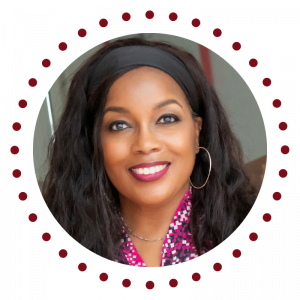
Want Karan to be Your Podcast Guest?
- Blended Workforces & the Gig Economy
- Critical Execution Tactics of High-performing Leaders
- Entrepreneurism & Leading Your Business
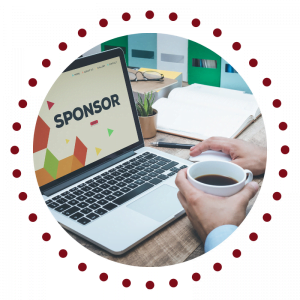
Want to be a Podcast Sponsor?
All sponsorships come with a featured spot on show notes pages.
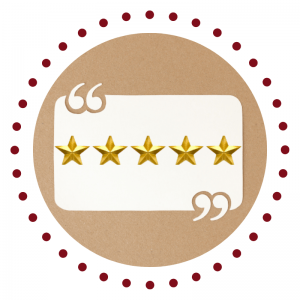
Like the Show? Please Leave a Review
If you like the show, it would mean the world to her if you left a quick review.
Your word is golden, so a HUGE thank you in advance!
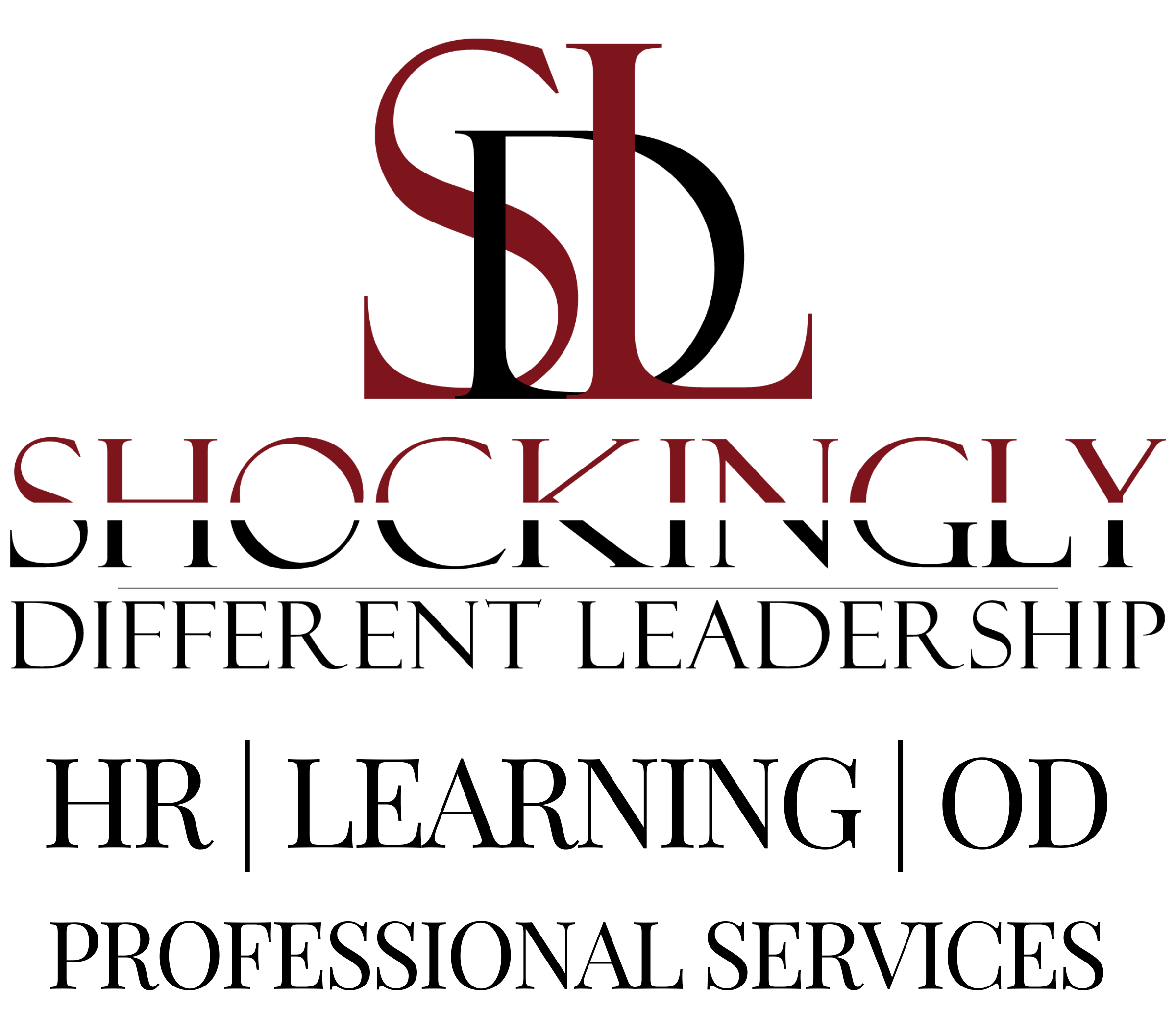
#KeepInTouch
via our podcast alerts
Subscribe now to discover why thousands of monthly listeners who are passionate about doing their best work prioritize time each week to listen to the Blended Workforces @Work podcast.
#AboutSDL
#WhereToFindUs
MAILING
4480-H South Cobb Drive
PMB 219
Smyrna, GA 30080
PHYSICAL
2121 NewMarket Parkway
Ste. 108
Marietta, GA 30067
#ContactOptions
Customer Service Email:
service@shockinglydifferent.com
Call or Text:
770-384-1103
#Office Hours
MON-FRI
8:30 AM – 6:30 PM
Weekends By Appointment

